Hyssop is a plant whose therapeutic use dates back thousands of years.
In ancient times, it was considered a sacred plant by the Hebrews and was used in purification rituals. It was also used for its therapeutic virtues by renowned Greek physicians such as Hippocrates, Galen and Dioscorides. The latter recommended it to treat numerous ailments of the lungs and bronchi, including certain inflammatory diseases such as pleurisy and bronchitis. Evidence of the therapeutic use of hyssop was also found during the Middle Ages. This medicinal plant was used, among other things, to relieve coughs and purify the lungs.
In botany, hyssop is described as follows:
Woody stems and roots : A semi-woody plant, hyssop has many woody, downy stems. It also has woody, branched and hard roots.
Narrow, pointed leaves: Hyssop is recognisable by its leaves, which give off a camphor and mint aroma. The leaves are green in colour and are arranged in pairs in an opposite direction. The leaves are smooth, pointed and narrow.
Small flowers : Hyssop develops small flowers that are usually purplish blue in colour, but can also be white, pink or red.
The sheets and the flowers ofhyssop can also be dried and used as a flavouring in oils and vinaigrettes. Therapeutic use sheets and dried flowers can also be used to make an infusion ofhyssop.
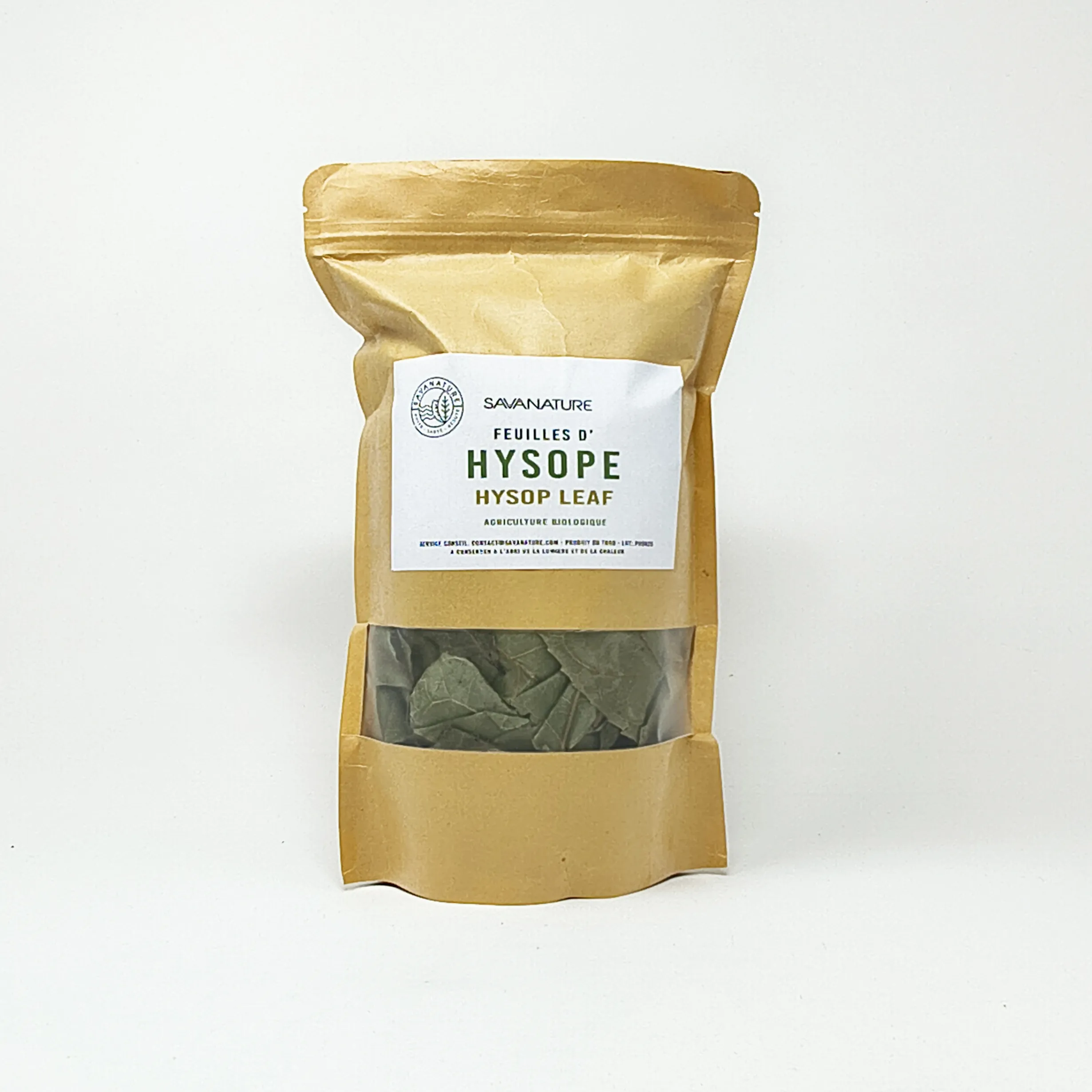
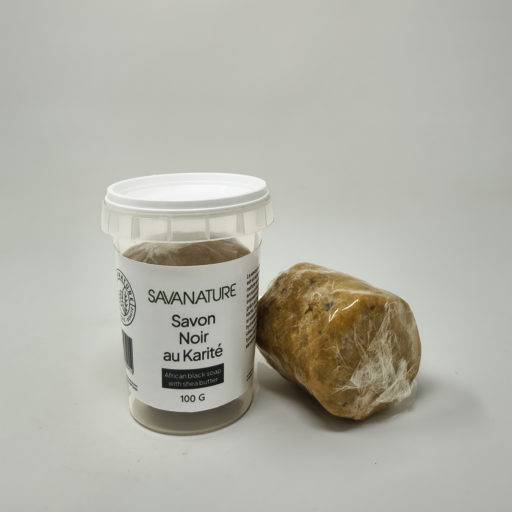
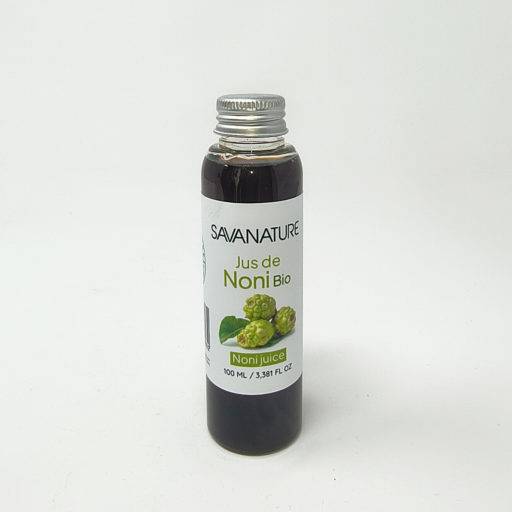

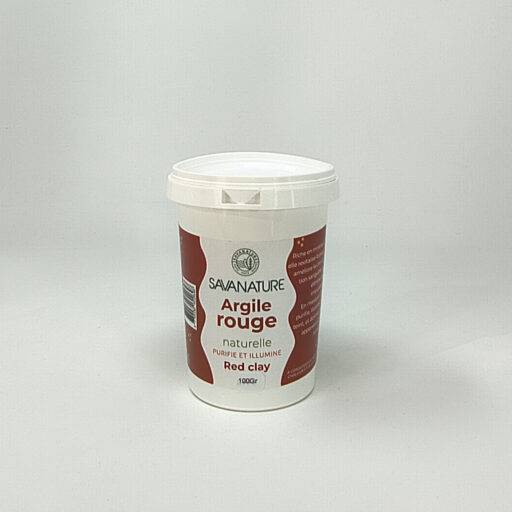

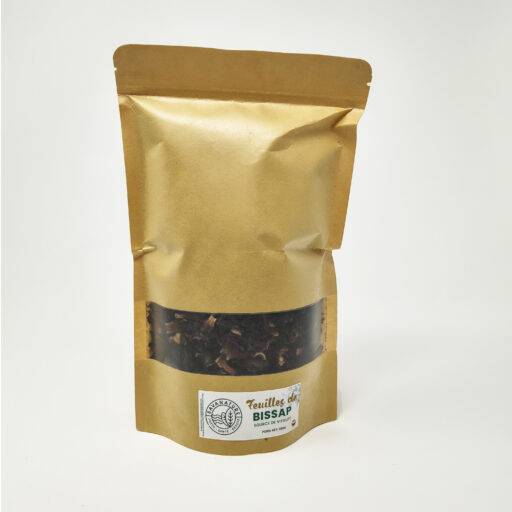
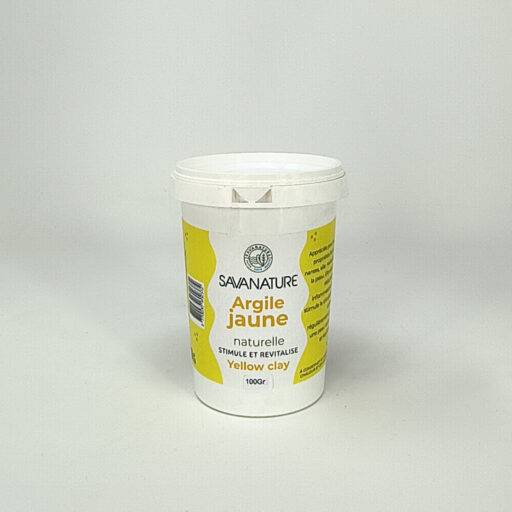
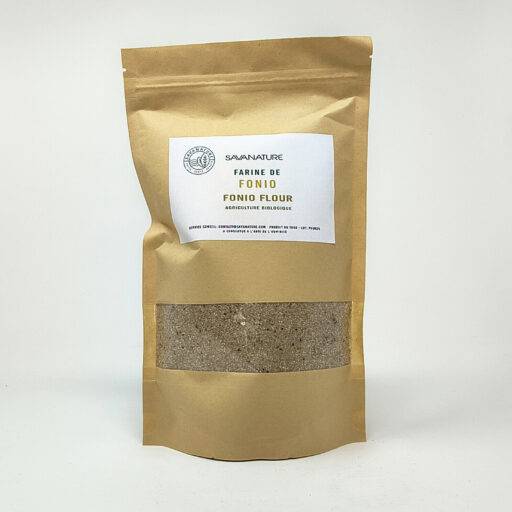
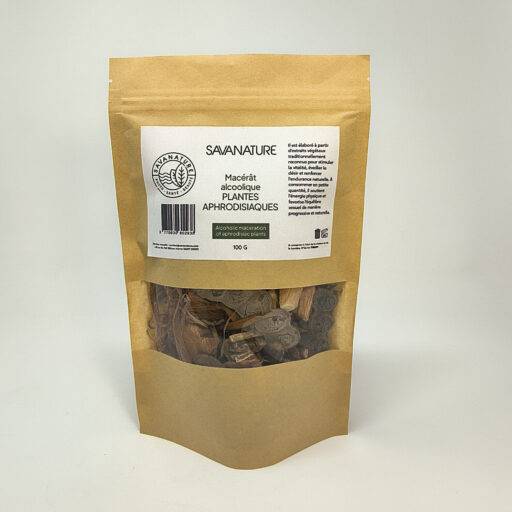
Reviews
There are no reviews yet.